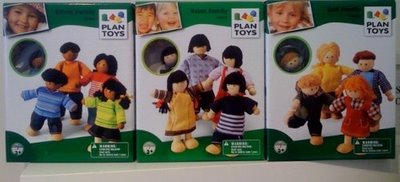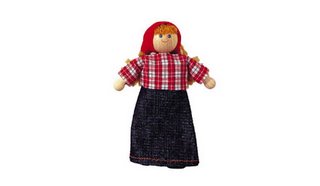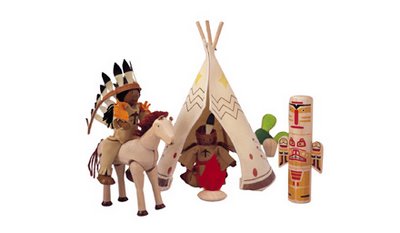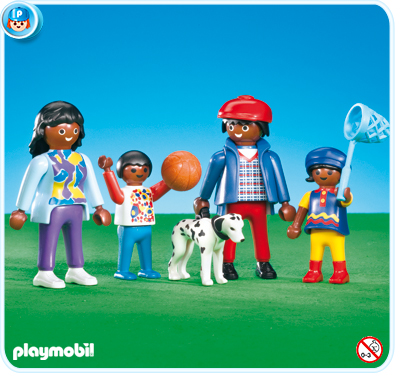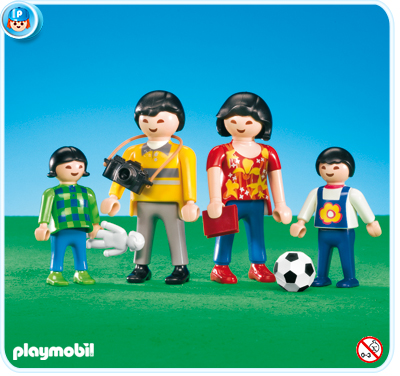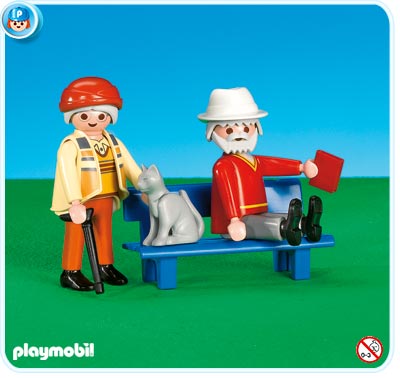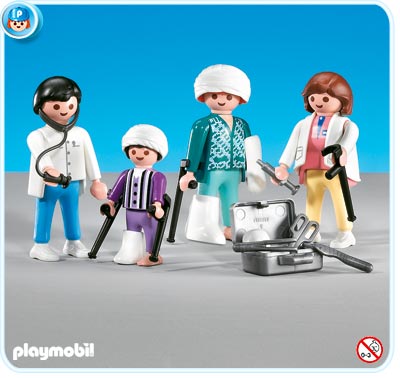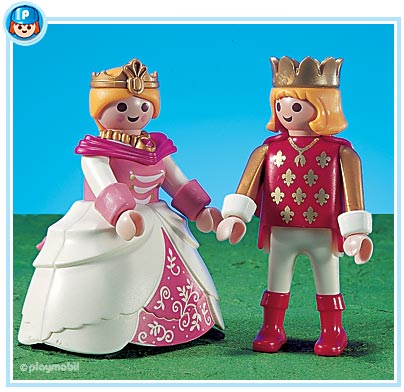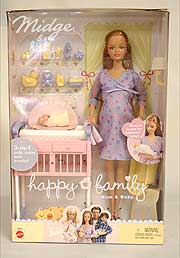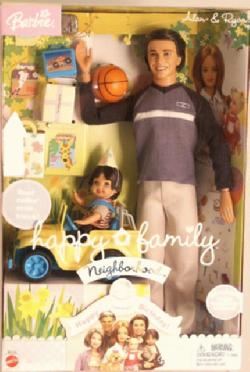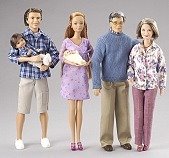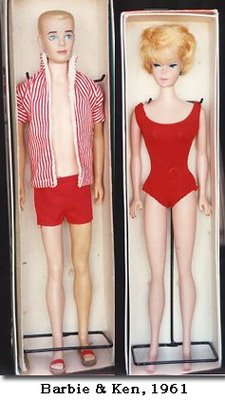Here is the trailer for Resident Evil 5, which is not yet on the market:
The player is the sole white person in a dismal, threatening city, apparently in Africa. The locals engage in torture (which we see in some detail) and gleefully cheer at a hanging. At one point the hero is accosted by an angry mob, all of whom just make gutteral, animal-like sounds. In a beleagured voice he tells us he just doesn’t know “if it’s all worth fighting for. Who knows?” Oh, the white man’s burden, indeed!
Thanks once again, Patrick C.!
Jeff G. sent in links to several articles about the game, if you’re interested. Here’s one with the director, and here’s an article about a British government censorship agency officially ruling the game isn’t racist.
NEW! Ryan sent in an image of a character from the game:

Ryan points out it’s another example of non-White women being portrayed as exotic or animalistic. Thanks for the image!

